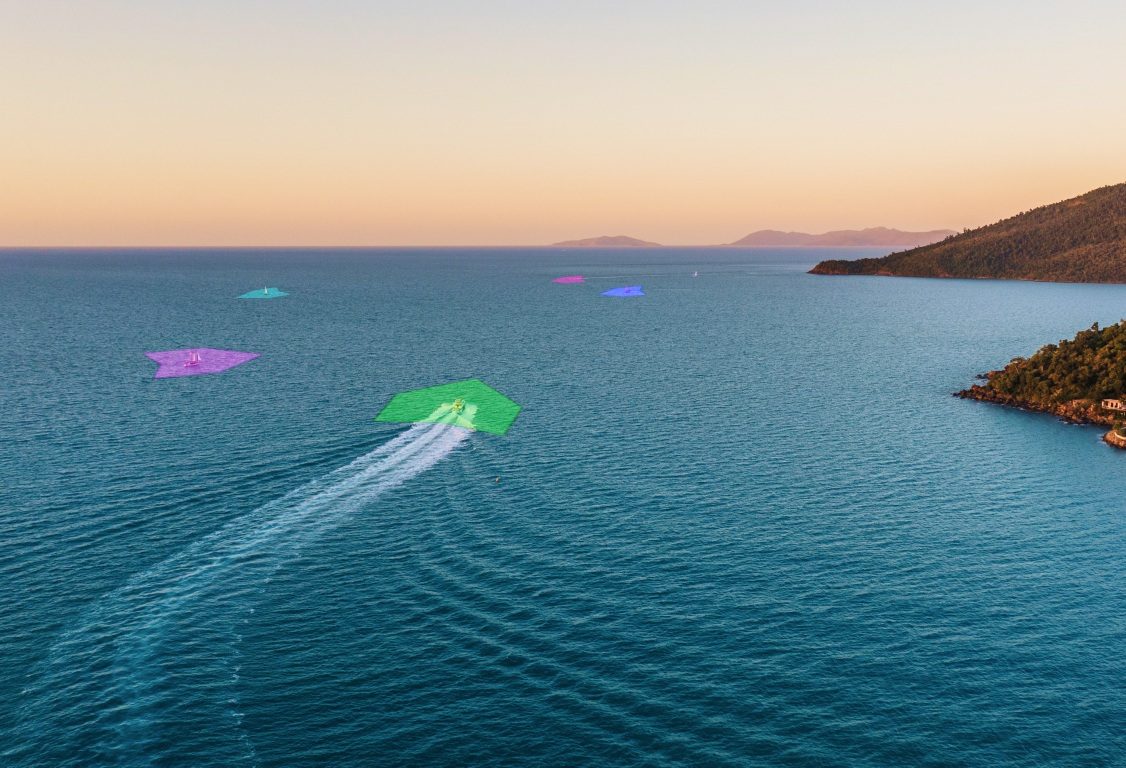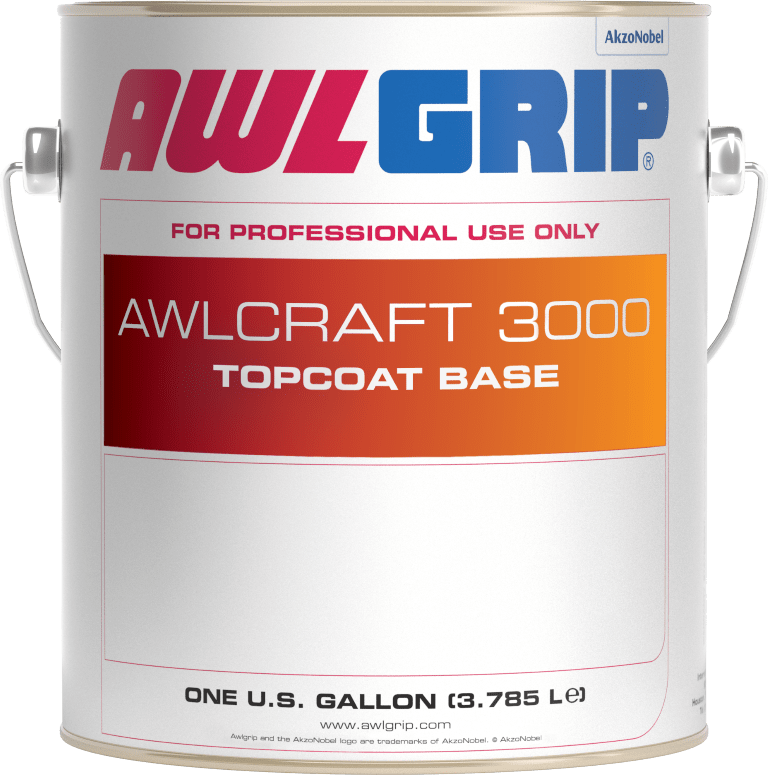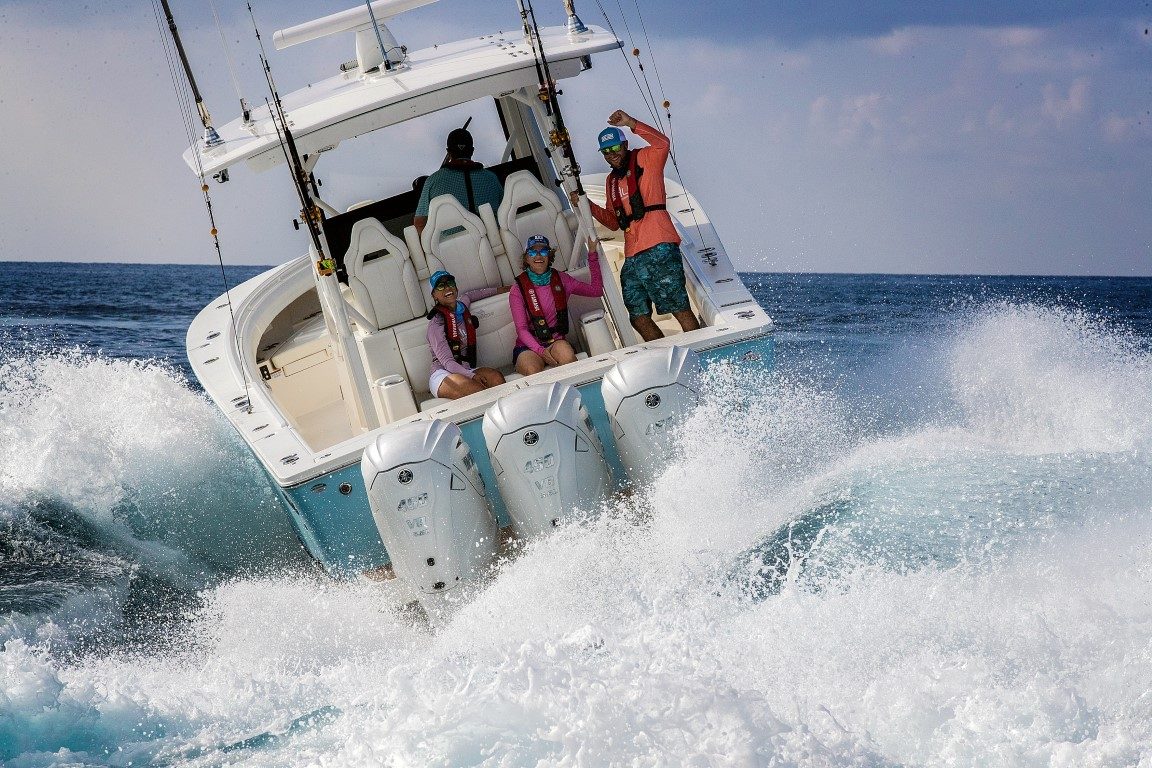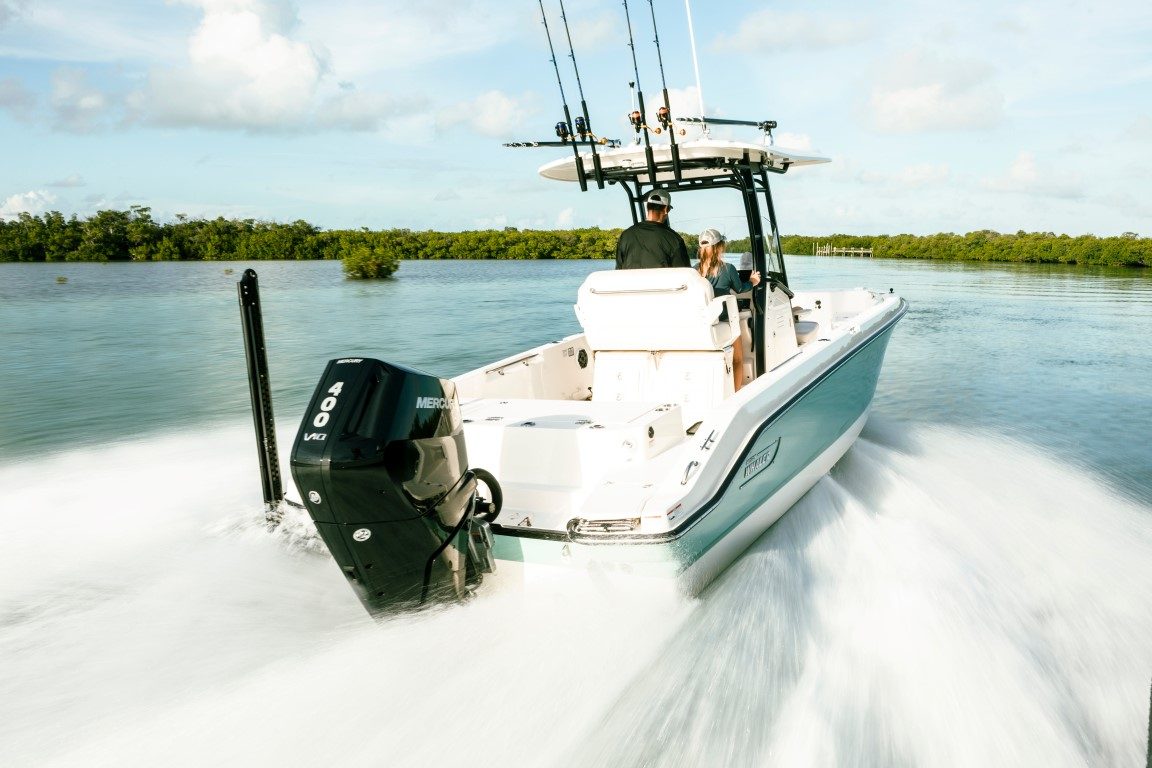

But the next step in the evolution of the moth is a big one and it is occurring in the unlikely location of a small garage somewhere north of Tauranga. The Bieker Moth is species number 160,001 and it is a backyard project only in location. Inside the roughcast garage is a powerful combination of great design and leading-edge boat-building that’s set to take on the hi-tech world of foiling moths.
James Gell has been building boats for more than 15 years and has spent most of his career producing performance yachts. His creations include everything from off- shore racing yachts to Olympic classes. His natural focus has always been at the hi-tech end of design and construction.

LSF Composites was founded soon after the 2017 America’s Cup, during which James worked for the Softbank syndicate. Having worked for the best in the business and seen their passion for the foiling Moth, James spotted a niche for an innovative leap in the class. Despite continuous development in a class known for its innovation, the Moth platform has been relatively static for over 20 years.
With the help of Lead Designer Paul Bieker, Design Engineer Riley Dean and sailor Scott Babbage, the new species of Moth has evolved at LSF Composites.
“The Bieker Moth could have been an incremental improvement on existing boats, but we decided on a more ambitious path,” said James as we stood outside his humble garage where the first prototype was built. Behind him is boat number two nearly completed, lying in two half-moulds.
While the hull may seem a largely redundant part of a foiling moth, it is critical in helping the whole platform take off in marginal flying conditions. The Bieker Moth has a comparatively high-volume displacement and low freeboard profile shape for good low ride handling and easy take-off.
The centreline-joined hull is constructed in pre-preg carbon fibre over a Nomex core. The structural heart of the hull, around the mast base, foil case and wings, has some very sharp looking composite design. The hull ends beyond this zone are a skinny .172mm thick, which makes for an extremely light six-kilogram hull platform.

The reality of the design is that the hull is one with all the other components, which makes it a platform rather than a hull as such. The platform concept minimises aerodynamic drag and heeling moment, with minimal trampoline area. Stiff, single-piece wing beams located in rebated deck sockets maximise effective beam when heeled to windward through a distinctive curved, high-angled shape. They are constructed as a single piece using a bladder moulding and high-modulus pre-preg carbon.
“The beauty of our set-up is that we can customise components of the boat very easily, as Moths tend to get tuned to their skipper’s weight and style,” explained Gell as we looked at a hiking wing that was made slightly wider to provide a more comfortable perch for one of his clients.
The new boat has been designed with a deck-sweeping rig in mind. This deck layout allows for a long deck/sail seal, which effectively creates an endplate effect rather like that achieved by a windsurfing rig. A concealed control system and control line configuration makes for a clean deck layout, which will be easy to use by feel rather than looking for the right string while travelling at 30 knots.
Because of the strength of the platform and the lower mast height, the rig can dispense with the traditional struts and reap the advantages of a deck-sweeping foot to the sail. Alternatively, any of the existing class mast and sail combinations can be fitted in what is referred to in the hi-tech world as ‘backward compatibility’.
The foils, their shape and their stiffness, are a large part of the success of any modern Moth design. The single-piece foils are cured at high temperature and pressure in an autoclave using precision alloy moulds.
They are available in high or ultra-high modulus layups, which make them the stiffest in the current Moth fleet.

This stiffness and the added length of the vertical component of the foil means that the boat can fly higher out of the water than current designs and it has a bigger vertical range to deal with the effects of deceleration during foiling tacks and the interference caused by larger waves while sailing downwind.
With a high-modulus approach, the foils have been reduced in section thickness, which is a further reduction in drag over existing foil sections in the class. This high-aspect, thin foil section extends to the horizontal wings, which look like those of a hi-tech model glider. All up, the fully rigged prototype comes in at just over 35 kilograms fully rigged, which is light even by Moth standards.
The prototype hit the water in late July with top Moth sailor Scott Babbage at the helm.
“It was a nervous time for me as there was a squall line approaching but, unusually for a prototype, nothing broke on the first outing, which is a good sign,” said Gell.
The video footage shows the distinctive high-winged, high-riding of the Bieker Moth and the ability to use the extra height for leverage over the powerful foils. The next few months will see production move out of the garage and into a factory, while the new Bieker Moth will undergo extensive on-water testing before it is released into the wild to compete with the other 160,000 species of moth.




